
 Image: Sitikka/iStock
Image: Sitikka/iStock
The circle of life applies as much to technology as it does to living things, and so every year brings a wave of old products and failed ideas that make way for newer and better ones.
This year, we lost some once-iconic products that lost their utility long ago, along with some that probably shouldn’t have existed in the first place. Here’s a rundown of the most notable technology that died in 2017.
#1: AOL Instant Messenger
 Oath
Oath Once a fixture of early-aughts dorm rooms, AOL Instant Messenger logged off this month, taking with it a rich history of away messages, buddy lists, and cheery blooping noises. Executives blamed AIM’s demise on a “cultural shift” toward social networks like Facebook, and modern messaging services like WhatsApp, but one could also argue that AOL blew its own opportunity to be part of that revolution. In any case, AIM’s fate was sealed years ago. At least now we can properly mourn.
Also worth noting: On the same day that AIM died, AOL took down CompuServe’s forums.
#2: Windows Vista
 Microsoft
Microsoft One of Microsoft’s most maligned Windows versions reached the end of its 10-year lifespan on April 11. The software that gave us User Account Control and several obnoxious new DRM mechanisms is no longer receiving security updates, meaning that anyone who still clings to Vista for whatever reason is exposing themselves to unpatched vulnerabilities. Next up on Microsoft’s death list: Windows 7, whose extended support ends in January 2020.
#3: Windows 10 Mobile
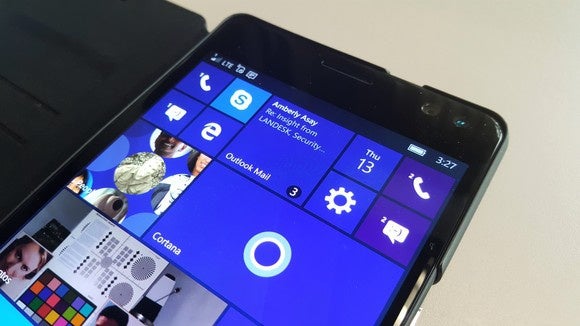 Mark Hachman
Mark HachmanMicrosoft’s mobile platform received a dishonorable discharge in October, when VP of operating systems Joe Belfiore told Twitter followers not to expect new features or hardware. Windows 10 Mobile was never able to achieve a virtuous cycle of users and app developers; even Belfiore said he’d moved onto Android for its superior hardware and software. There’s talk of Microsoft taking another crack at mobile again through some unified, modular version of Windows, but Windows 10 Mobile as we know it is dead.
#4: iPod Nano and Shuffle
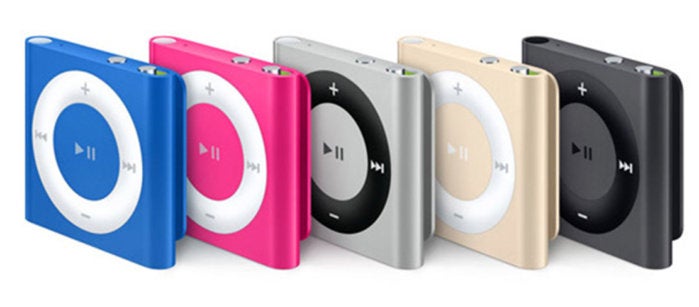 Apple
Apple Three years after killing the iPod Classic, Apple culled the iPod Nano and iPad Shuffle from its device lineup in July. The iPod Touch is now the only iPod left in the lineup, and even that’s more of a multipurpose entertainment device than a standalone media player. With Apple out of the game, the cheap MP3 player business now belongs to a slew of no-name brands like Hotechs and WiWoo.
#5: CrashPlan for consumers
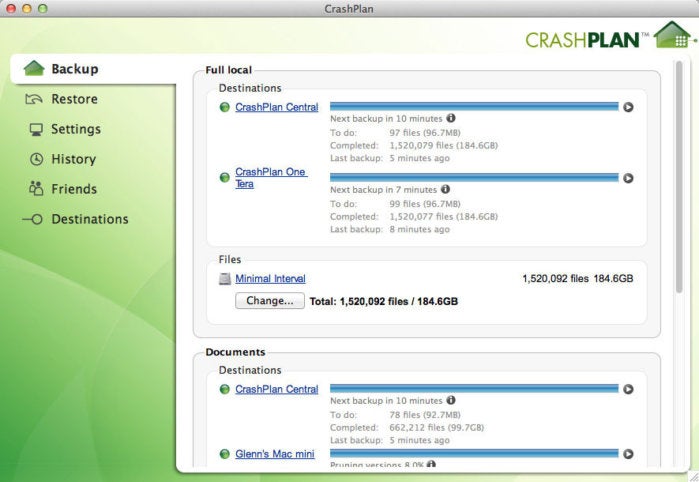 Glenn Fleishman / IDG
Glenn Fleishman / IDGThe market for unlimited cloud backups got a little less competitive this year with CrashPlan exiting the consumer market to focus on business customers. Users were given two months to either upgrade to a small business plan—which is twice the price at $120 per year—or ship off to another online backup service like Backblaze or Carbonite.
#6: Amazon Underground
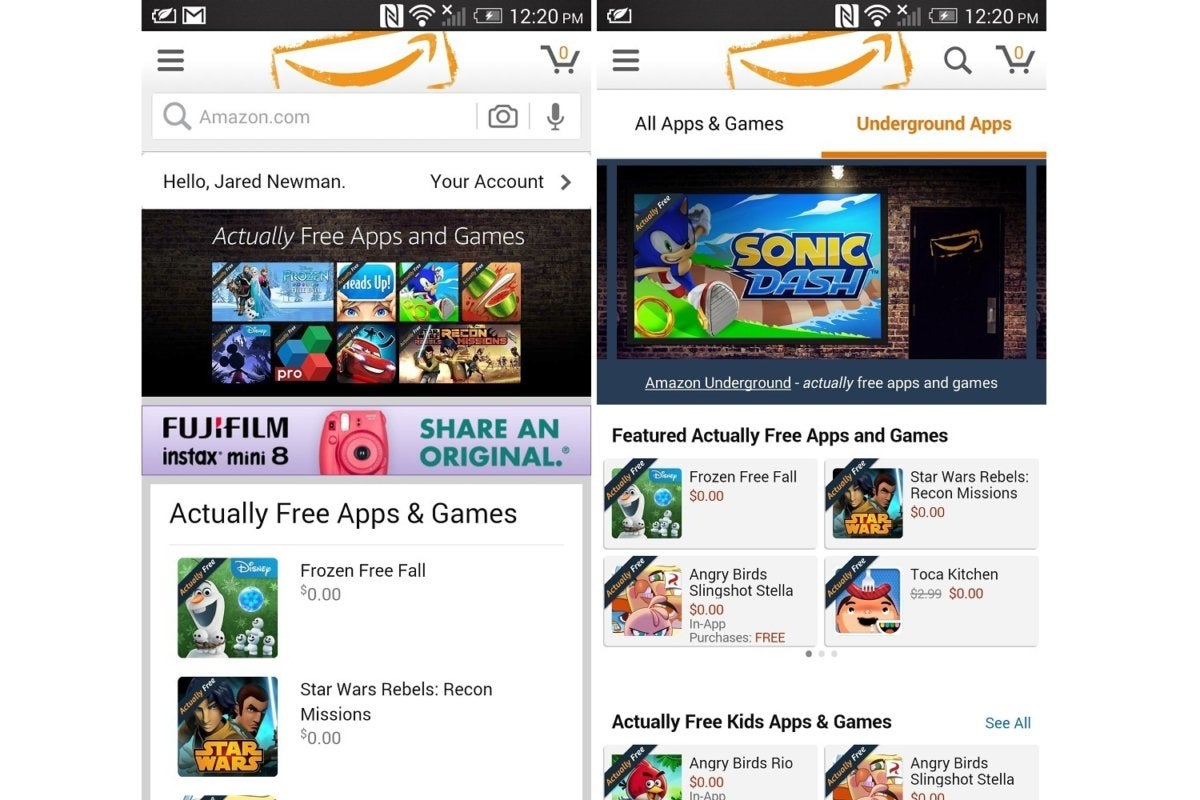 Jared Newman / Greenbot
Jared Newman / GreenbotAfter two years of giving away free Android apps and in-game content, Amazon gave up on its Underground program over the summer. Although Amazon continues to operate its own Android app store, which is featured on Fire tablets and Fire TV streamers, the company appears to be deemphasizing the store as an alternative to Google Play on Android phones. Without the lure of free stuff, and with Amazon’s own apps now readily available through the Google Play Store, users have little need for an external source of apps.
#7: Microsoft Kinect
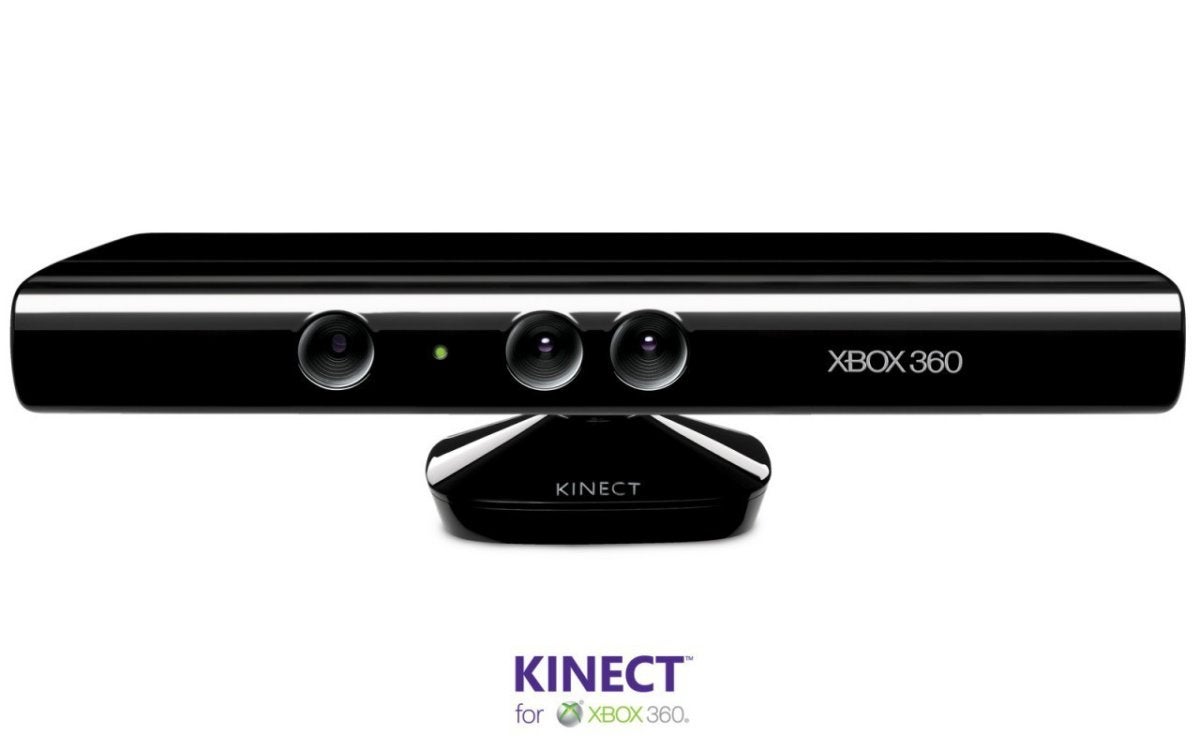 Microsoft
MicrosoftMicrosoft officially called it quits on Kinect in October, seven years after an explosive Xbox 360 debut. Although the original Kinect was among the fastest-selling gadgets in history, the voice-and-motion controller never ascended beyond gimmick status for gaming, and a big bet on bundling it with the Xbox One only backfired. At least Microsoft managed to salvage some of Kinect’s elements, with the underlying sensor going into Hololens augmented reality headsets, and team members working on related technologies like Cortana and Windows Hello.
#8: Groove Music Pass
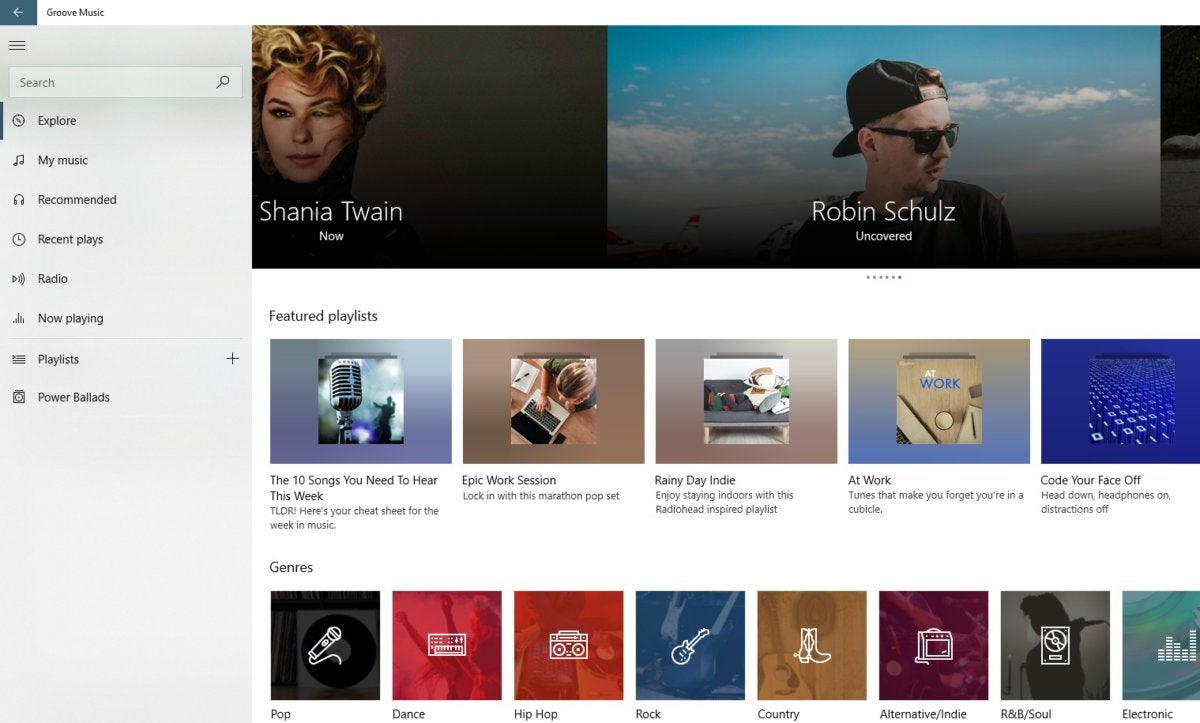 Mark Hachman / IDG
Mark Hachman / IDGYet another product put out to pasture by Microsoft this year, Groove Music Pass will cease to function on December 31. It marks an official end to years of streaming music struggles at Microsoft, first with Zune Music Pass, which became Xbox Music Pass, which finally became Groove Music Pass in 2015. Users never had much reason to opt for these services over a more established alternative like Spotify, and as Microsoft focuses more on productivity than entertainment, Groove’s continued existence no longer makes sense. At least current Groove users are getting a 60-day Spotify trial and a Spotify migration tool in exchange for sticking it out.
#9: Google Talk
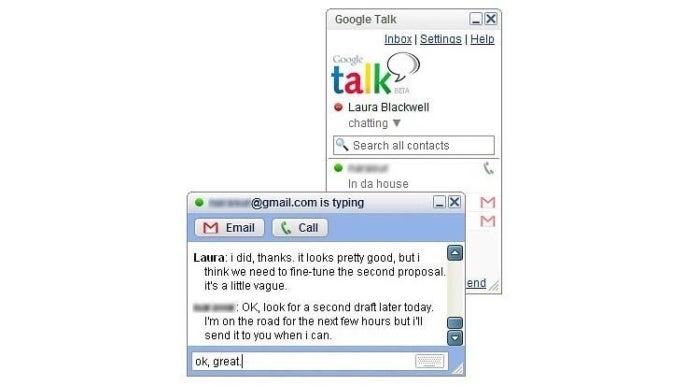 Laura Blackwell / IDG
Laura Blackwell / IDGGmail’s original messenger service, officially called Google Talk but nicknamed GChat, shut down in June after a 12-year run. Although Google had been migrating users to the more modern Hangouts for years, users still had the option to stick with the older interface until this year. The closure brought some much-needed streamlining to Google’s vast messenger app lineup, but with Allo, Android Messages, and Hangouts all competing for attention, there’s still some confusion left for the search giant to clear up.
#10: Jawbone
 Jawbone
JawboneOnce a maker of slick Bluetooth headsets and speakers, Jawbone met its demise in the wearable market. The company was well-funded, with more than $900 million in venture capital, but had to recall its original UP tracker, and struggled to add active heart rate tracking to its products as rivals were doing so. Ultimately, Jawbone got trounced by Fitbit, Garmin, Apple, and a slew of cheap fitness trackers, and after flirting with a focus on clinical health sales earlier this year, the company went belly-up in July.
#11: Seeso
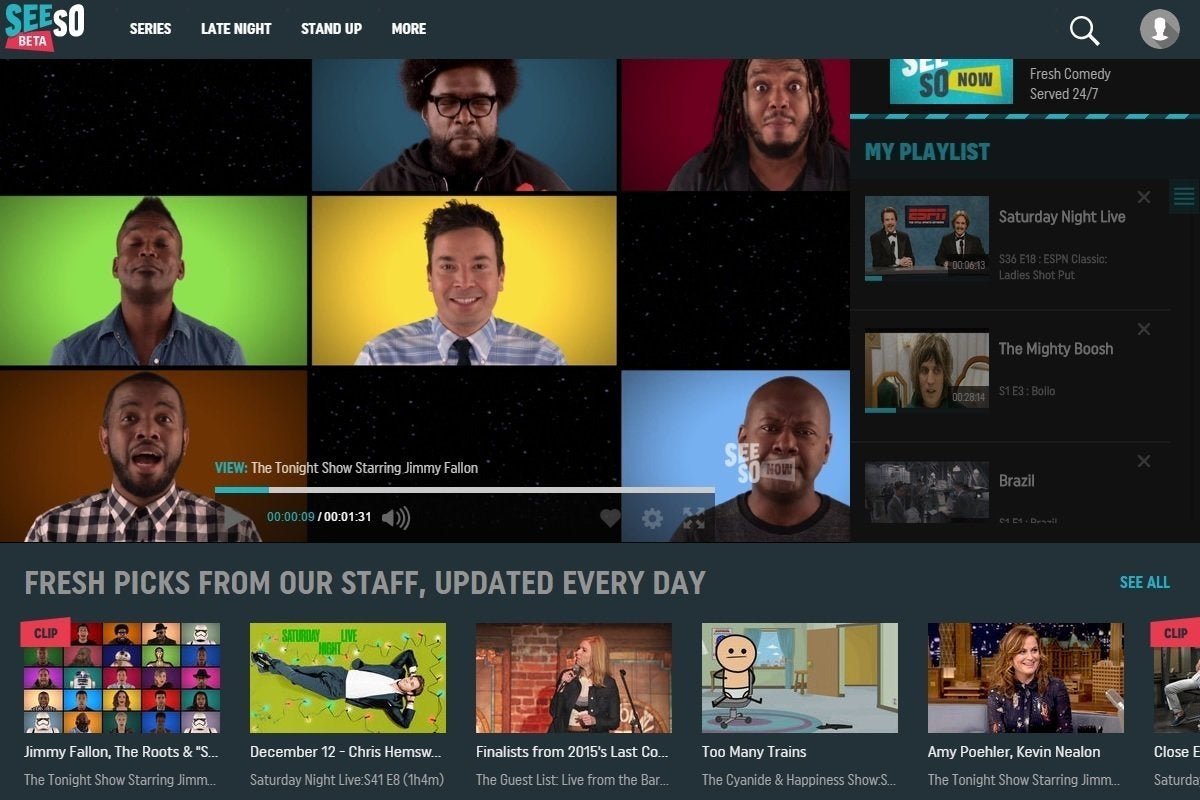 Jared Newman / TechHive
Jared Newman / TechHiveBilled as a streaming service for comedy geeks, Seeso provided current episodes of late-night NBC programming, a back catalog of oddball comedy shows, and—most importantly—a steady stream of original series. It seemed like a bold bet by NBCUniversal, especially given its $4 per month asking price and lack of commercials, but unfortunately it didn’t get much time to thrive. NBC shut it down less than two years after launch, and while some Seeso originals such as Harmonquest and My Brother, My Brother, and Me landed at other services, others simply ceased to exist.
#12: Delicious
 Pinboard
PinboardA relic of the Web 2.0 boom, Delicious (or del.icio.us) let users store and share web bookmarks online. Yahoo bought the site in 2005, and intended to shut it down in 2010 amid a purge of underperforming products. Instead, Delicious changed hands a few times, with each new owner planning to revitalize the site but never quite figuring out how. In a final twist, longtime rival Pinboard acquired the Delicious for next to nothing in June. Pinboard founder Maciej Cegłowski promptly set Delicious to read-only mode, and encouraged users to migrate to a paid Pinboard subscription.
“Do not attempt to compete with Pinboard,” Cegłowski wrote in a blog post.
#13: Amazon’s unlimited storage
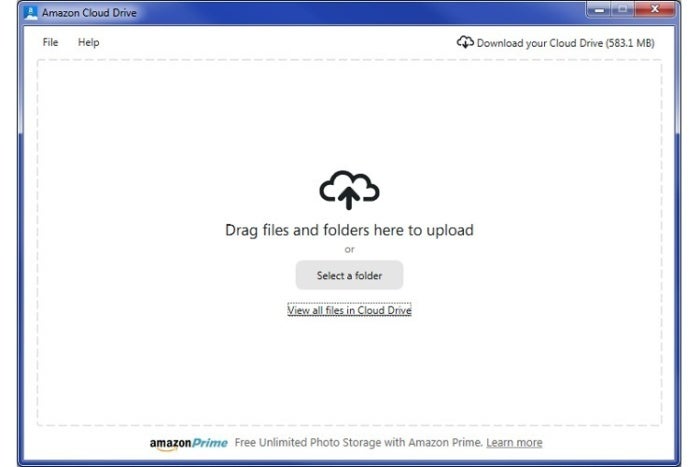 Jared Newman / PCWorld
Jared Newman / PCWorldAmazon didn’t give much of an explanation when it killed off unlimited Cloud Drive storage this year. But like other cloud storage providers that have abandoned their unlimited plans—Microsoft, Mozy, and Bitcasa among them—Amazon presumably didn’t want to shoulder the burden of storage hogs anymore. In June, the company started charging $60 per terabyte, and gave users 60 days to either pay the toll or take their data elsewhere. Not that many options are left, as providers have increasingly realized that unlimited storage is easy to market, but nearly impossible to sustain.
#14: Ubuntu on phones
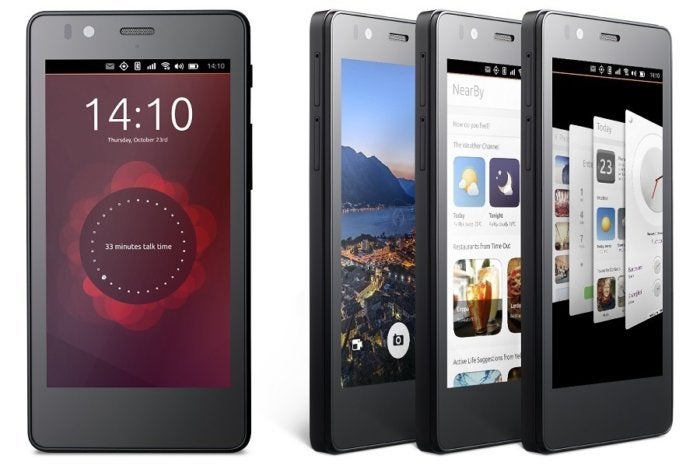 BQ
BQCanonical’s attempt at smartphone/PC convergence met its end in April, as the company behind Ubuntu scrapped the Unity interface that was meant to run on both phones and Linux PCs. Next year, Canonical will revert to the Gnome shell that had been the default until six years ago, while turning to cloud and Internet of Things applications as its main focus beyond the desktop. It’s a temporary step backwards for the long-running Linux distro, but probably a net positive for users. And it means, in some miniscule way, that 2018 will be the year of the Linux desktop.
#15: Net neutrality
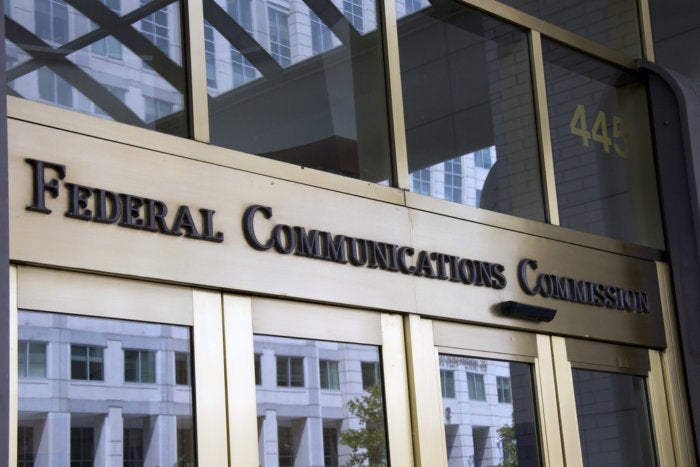 FCC
FCC As expected ever since Ajit Pai took helm of the Federal Communications Commission in January, the FCC voted in December to dismantle the rules that require internet providers to treat all traffic fairly. The vote reverses a major policy shift enacted under former chairman Tom Wheeler, but it’s also marks the first time the FCC has walked away from any kind of net neutrality enforcement whatsoever. This steers the internet into uncharted territory, in which providers are free to set up paid fast lanes for well-funded internet services, reduce transparency, and use punitive data caps to prioritize their own services.
#16: The Copyright Alert System
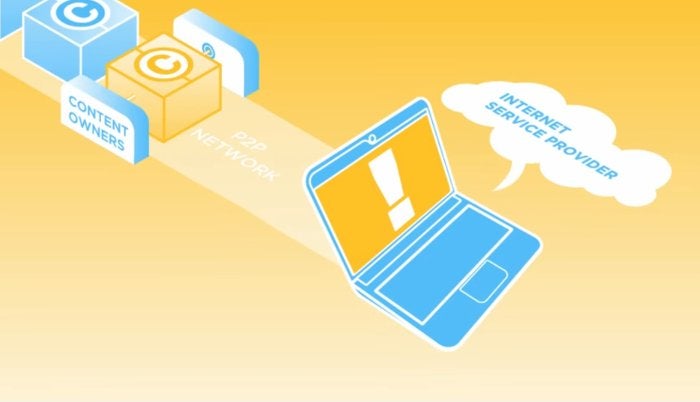 Center for Copyright Info
Center for Copyright Info Also known as the “six strikes” policy, the Copyright Alert System turned internet service providers into anti-piracy enforcers for the entertainment industry. When a copyright holder detected piracy on peer-to-peer networks, ISPs would track down the offending subscriber, and send an escalating series of warnings, culminating in throttled speeds, temporary access restrictions, or mandatory viewing of educational materials. The system never really had teeth, since it didn’t mandate that ISPs turn over customer’s IP addresses for lawsuit purposes, but it was still criticized for its limited transparency and lack of protection against wrongful accusations. For now, it’s unclear what, if anything, will replace the program.
#17: Juicero
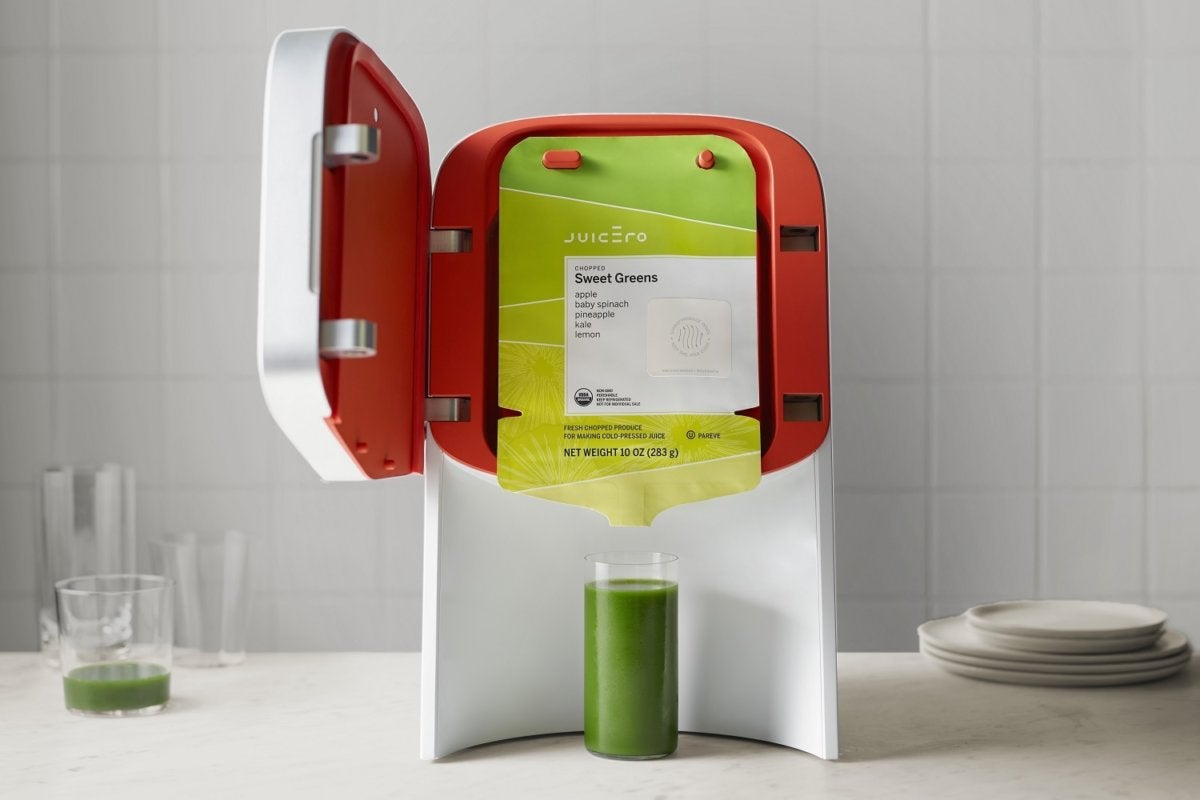 Juicero
JuiceroLet’s end this list on a cleansing note: This year, the market decidedly rejected the notion of a $700 connected juice machine that depends on proprietary, $7-and-up juice packets. Juicero was already struggling in January, when it slashed prices and replaced its founding CEO. An April exposé by Bloomberg likely sealed the startup’s fate, demonstrating how hand-squeezing the packets was just as effective at extracting the nectar inside. Juicero shut down less than six months later. At least folks who bought the pricey hardware were able to get refunds.



